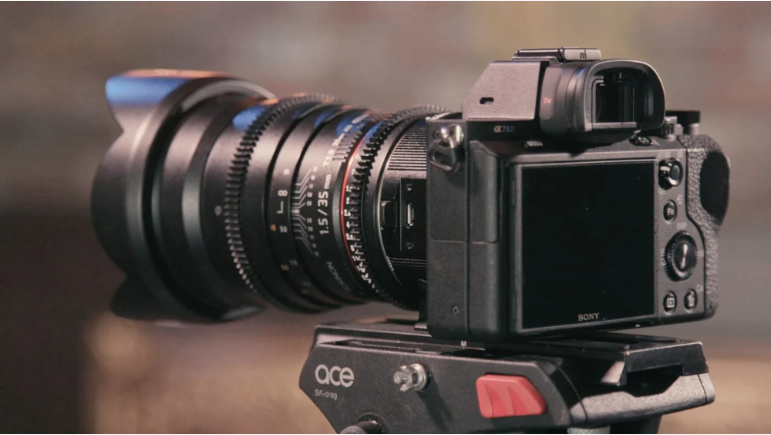DSLR Cameras for Portrait Photography: A Beginner’s Guide to Choosing and Using the Best Gear
When it comes to Portrait photography, your DSLR camera plays a crucial role in capturing stunning images. However, the secret to great photography isn’t just about having the best DSLR on the market—it’s about understanding how to use the one you already have.
Let’s explore everything you need to know about DSLR cameras for Portrait photography, from choosing the right model to maximizing its potential.
What Is a DSLR Camera?
A DSLR (Digital Single Lens Reflex) camera is a type of camera that uses a mirror mechanism to reflect light from the lens to the optical viewfinder. Here are its key features:
- Interchangeable Lenses: Allows for a wide range of creative possibilities.
- Larger Sensors: Provides better image quality and performance in low light.
- Manual Controls: Offers full creative control over settings like aperture, shutter speed, and ISO.
DSLR cameras are popular among Portrait photographers for their versatility and ability to produce professional-quality images. What Is a Camera Sensor?
What Makes a Great DSLR for Portrait Photography?
The best DSLR for Portrait photography is one that suits your needs and budget. While camera models are constantly evolving, here are the key features to look for:
- Interchangeable Lenses: Essential for experimenting with different focal lengths.
- Manual Settings: Lets you control your exposure and depth of field for creative shots.
- Tethering Capability: Useful for viewing your shots in real-time on a computer.
- Dual Storage Slots: Ideal for backing up your work as you shoot.
- Full Frame Sensor (Optional): Offers superior image quality but comes at a higher cost.
If you’re just starting, an entry-level DSLR with these features will work perfectly.
Stick with Trusted Brands
When investing in a DSLR camera, it’s wise to choose from reputable brands like Canon, Nikon, or Sony. These manufacturers have a proven track record, offer extensive lens options, and provide long-term support for their products.
Opting for a trusted brand ensures that your investment in lenses and accessories remains valuable over time.
Why DSLR Over Smartphones?
Smartphones are great for convenience and can capture impressive images, but they can’t match the versatility of a DSLR. Here’s why:
- Control: DSLRs allow manual adjustments to settings like aperture, shutter speed, and ISO.
- Depth of Field: Achieving professional-quality bokeh is easier with a DSLR.
- Lenses: The ability to swap lenses opens up creative opportunities.
While smartphones are a great starting point for beginners, upgrading to a DSLR will give you the tools you need to take your photography to the next level.
Save Money: Borrow or Rent a DSLR
If you’re new to Portrait photography, don’t feel pressured to buy a camera immediately. Borrowing or renting a DSLR is a smart way to get started.
When I first started, I used my dad’s cropped-sensor DSLR for over a year before buying it from him. This allowed me to practice and hone my skills without a significant upfront cost.
Remember, your creativity matters more than the equipment. Focus on learning the craft, and upgrade your gear as you grow. Quick Guide to Metering for Portrait Photography: Which to Use and When
How Much Should You Spend?
For an entry-level DSLR camera, you can expect to spend between $400–$800, depending on the brand and model. It’s also important to budget for a decent lens, as this significantly impacts your image quality.
If you’re saving up for your first DSLR, borrowing or renting a camera in the meantime is a practical option.
Key Takeaways
Here’s a quick summary of the most important points:
- Stick with trusted DSLR brands like Canon, Nikon, or Sony.
- Most entry-level DSLRs are sufficient for beginners.
- Your camera should allow for manual control and interchangeable lenses.
- Smartphones are good but limited compared to DSLRs.
- It’s okay to borrow or rent a camera when starting out.
- Entry-level DSLRs typically cost between $400–$800.
- Ultimately, great photography is about problem-solving and creativity—not just the gear.
Lesson Activity
To find the best DSLR for your needs, follow these steps:
- Research entry-level DSLR cameras online.
- Read reviews to compare the pros and cons of different models.
- Write down the approximate cost of each option.
- Start saving for a camera and lens combination that fits your budget.
Remember, photography is a journey. The camera is just a tool—it’s your creativity and skills that bring your vision to life. Why Focal Length Matters in portrait Photography and How It Can Improve Your Shots
